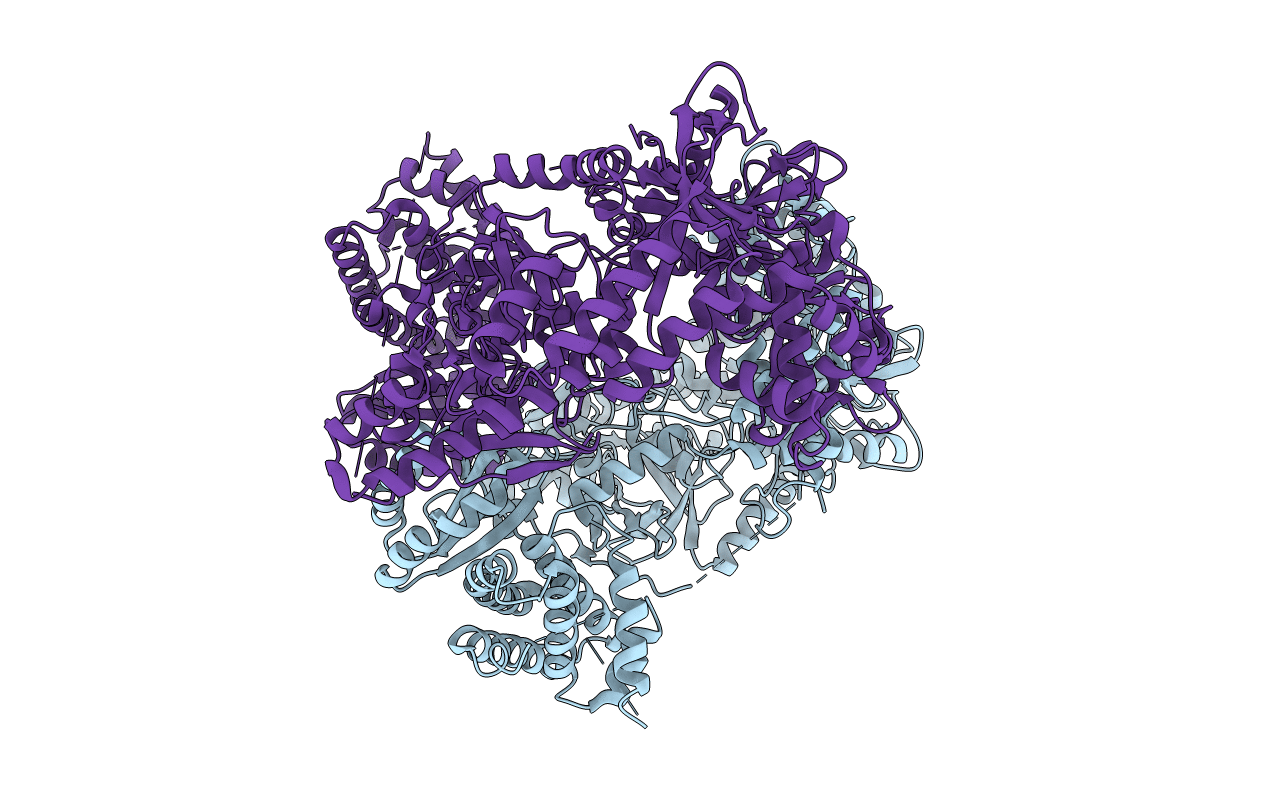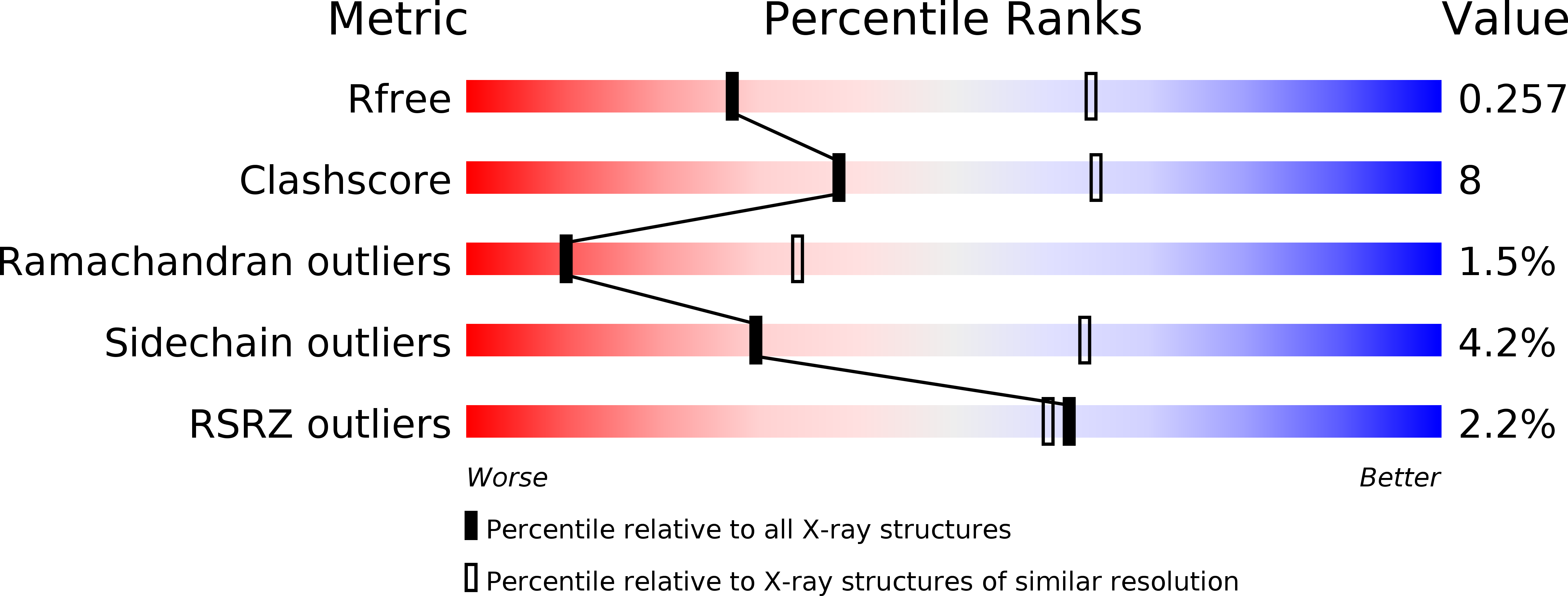
Deposition Date
2014-09-08
Release Date
2014-10-29
Last Version Date
2023-12-27
Entry Detail
PDB ID:
4WD9
Keywords:
Title:
Crystal structure of tRNA-dependent lantibiotic dehydratase NisB in complex with NisA leader peptide
Biological Source:
Source Organism:
Lactococcus lactis subsp. lactis (Taxon ID: 1360)
Host Organism:
Method Details:
Experimental Method:
Resolution:
2.90 Å
R-Value Free:
0.25
R-Value Work:
0.19
R-Value Observed:
0.19
Space Group:
P 1 21 1


